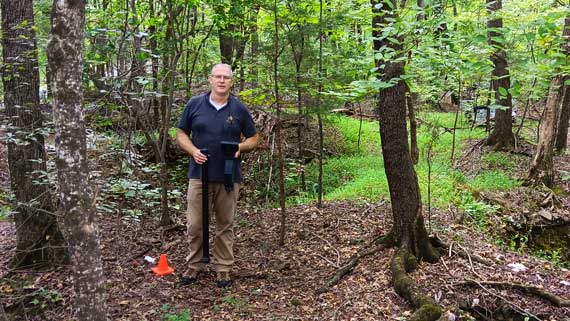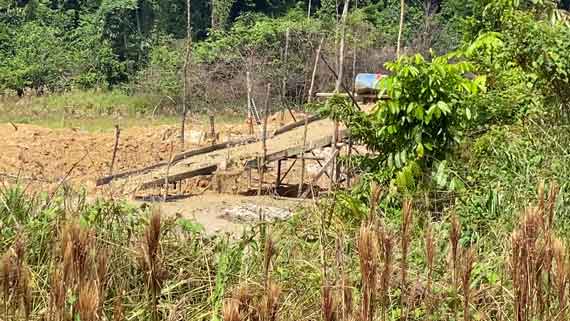Gold Panning: A Traditional Gold Mining Procedure
Gold panning is the process of extracting gold from placer deposits. For gold seekers, prospectors and miners this technique is one of the cheapest and simplest methods to get the gold out of the ground. Nowadays, it is used for recreational gold mining and applied by hobby treasure hunters. Even on city festivals and in amusement parks gold panning is offered for visitors.
With the right gold prospecting equipment, gold mining can produce affordable amounts of gold if applied on the right spot. Just think of the Californian Gold Rush in the Sierra Nevada (1848 – 55) or the Klondike Gold Rush in Canada's Yukon Territory (1896 – 99). This brings up a challenging question: "Where do I find placer gold and gold deposits?"
Placer gold and gold deposits
Gold is often found in alluvial deposits of sand and gravel in creek or river beds. Placers mostly arise at the inner side of river curves, where the strength of water flow reduces. Thus, gold minerals deposit and silt up together with rocks and other minerals due to their higher weight. For any gold seeker, prospector or gold miner this is an important fact.
The gold particles and other sediments are transported by water from a primary gold source (often in mountainous regions) to its final destination in a river bed. So this could even be a lost or dried-up stream. The traditional gold panning uses the river water to wash the gold out of other materials.


The gold panning technique
The idea of gold panning is to separate the lighter sand and gravel mixture from the gold contents so that only gold minerals remain on the ground of the gold pan.
-
Find a comfortable place on a creek or river and fill your gold pan with some material from the river bed. Now shake the filled pan under water several times vigorously, so that the heavy gold grains sink to the bottom of the pan. Concurrently lighter materials detach from the river bed sample.
-
Continue moving the gold pan slightly inclined forwards side to side underwater, so that the upper sandy area can drain off. Repeat this step until only a handful material remains in the pan.
-
Now lift the pan with about 500 ml of water and the remaining concentrate. Move the pan over water in circular movements to carefully wash the sand content over the edge of the pan until the first gold grains become visible. Repeat this process and gradually pick up the visible gold from the pan. Use a pair of tweezers or dry fingers and place the gold in a water-filled tube.
It can be very time-consuming to find gold in that way, especially if you choose the wrong place for the gold panning process. Using OKM's Gold Labor Au 79 can facilitate the work by checking the gold content of the ground in advance. When it gives you an acceptable amount of gold content, you can start gold panning in this place.


